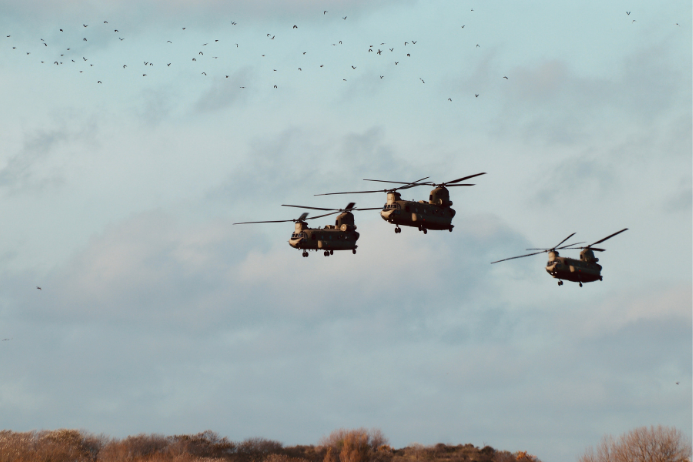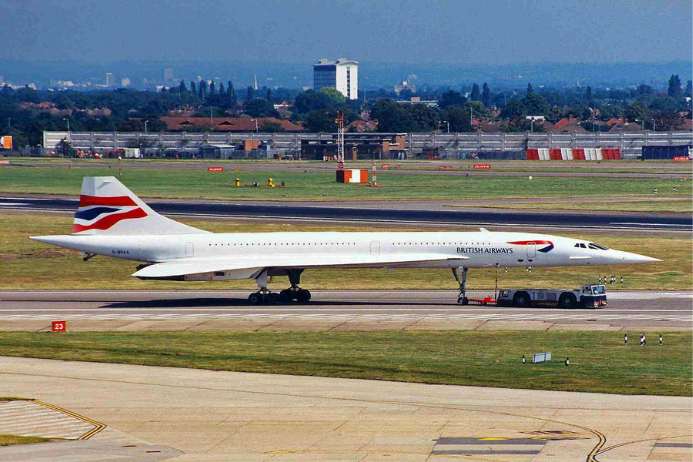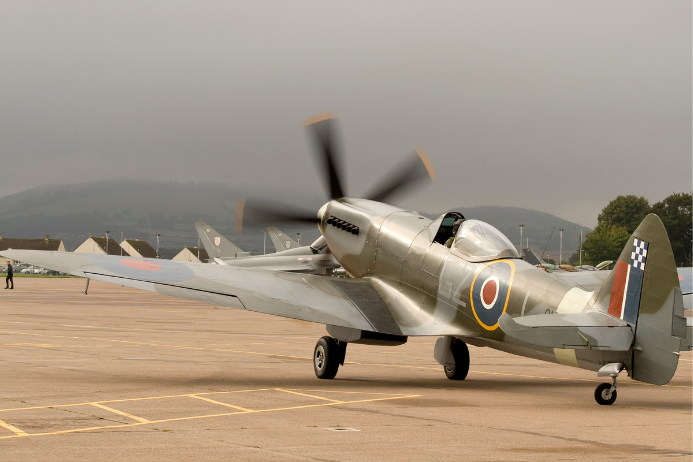Aircraft that shaped history and inspired design
Published 1st September 2025
From the battlefield to supersonic skies, aircraft have long captured the imagination of engineers and pilots alike. Three iconic examples, the Chinook, Concorde and Spitfire, showcase innovation and design thinking that continues to inspire teachers and students today.
The Chinook: versatility in action
The Chinook helicopter is a true workhorse of modern aviation. Introduced to the US Army in 1962 and the RAF in 1981, this twin-rotor helicopter operates in diverse environments, from the Arctic to jungles and deserts. Used for troop transport, resupply and casualty evacuation, it can also be armed and is equipped with advanced self-defence systems. The Chinook offers a great example of combining reliability, versatility and safety in one complex machine.

Concorde: supersonic innovation
Concorde was a joint Anglo-French project designed to cross the Atlantic in just three and a half hours. Its delta wing and dipping nose maximised lift for supersonic flight, cruising at 1,350 mph, over twice the speed of sound. While retired in 2003, Concorde examples can be seen at Manchester’s Runway Visitor Park, Duxford’s Imperial War Museum and Aerospace Bristol. Concorde highlights the challenges of pushing engineering limits while balancing safety, efficiency and passenger experience.

Spitfire: the art of aerodynamics
The Spitfire’s elliptical wings and streamlined fuselage reduced drag and improved manoeuvrability. Powered by the Merlin engine with variable-pitch propellers, it played a key role in the Battle of Britain. Lightweight alloys, precise riveting and pilot-friendly instrumentation demonstrate how engineering, materials science and aerodynamics work together to meet real-world challenges.

‘Inspired by industry’ - learning from the RAF
As part of ‘Inspired by Industry’, the RAF has created a classroom-ready context where students explore real-world engineering challenges, such as designing short-term shelters. This provides a practical, hands-on example of how engineers solve problems creatively, efficiently and safely. The RAF ‘Inspired by Industry’ context is free to use and links historical engineering achievements with practical design & technology applications. Design & Technology Association members can access additional tasks and activities, providing even deeper engagement for students.
To spark classroom discussion, teachers can download posters of the Chinook, Concorde and Spitfire below, bringing these engineering marvels directly into lessons.
Bring flight into the classroom
Flight can be a technically rich and fun D&T activity. The Pylon Flight resource lets Key Stage 4 students explore how aircraft fly and use digital design and manufacturing tools to design, make and test their own powered aircraft. The resources include principles of flight, propellers and measuring thrust, CAD files, instructional videos, a parts list, risk assessment and full guidance for science, maths and D&T learning. Teachers can download the files here to get started.
Aircraft like the Chinook, Concorde and Spitfire show that great design is about solving complex challenges. By exploring these examples and linking them to practical activities like Pylon Flight, teachers can inspire students to think creatively, critically and boldly.
Back to News


